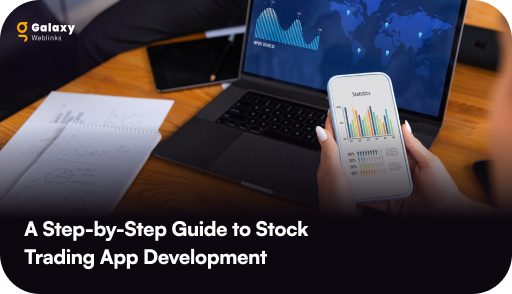The headless CMS space has earned a huge hype in recent years, leading to the excitement around a content management model. A Headless CMS is a back-end-only content management system (CMS) built as a content repository that allows you to create, manage, store, and publish content over APIs.
The simple answer to “What is headless cms?” is the absence of a frontend.
Before getting into how headless CMS works, let’s first recap the ‘traditional’ CMS.
A traditional CMS is responsible for both serving the content to end-users and the backend management of that content. With a traditional CMS like WordPress, Joomla, Drupal, and so on, the users edit and create their content through tools like an HTML editor or a WYSIWYG editor, and save it to the back-end database. Then, CMS shows the content according to the front-end delivery layer built into the CMS.
Let’s have a look at WordPress and its features-
- To read and write content, a database is there.
- To let editors manage the content, an admin interface is there.
- Integration of reading and writing.
- Front-end that combines the data to HTML from the database.
To convert this into a headless CMS, we simply remove the fourth feature from the stack. That means, the content repository ‘body’ is separated or decoupled from the e3presentation layer ‘head’. Thus, we get an application that allows reading (API: combined Integrations) and content management (Admin UI).
Future-proof your digital assets
Adopting an API-first platform helps businesses to develop and deploy engaging content experiences for their audiences no matter the device. In addition, codes are more often reusable. Thus, the content remains future-proof irrespective of the devices that come next in the market.
Using APIs instead of plugins
In the traditional CMS model, you would build your website on top of your installed CMS. Where you will get to leverage third-party plugins or built-in modules to gain particular functionalities in your application. Need a password-protected section on your website? Or a newsletter? Or a simple shopping cart? There’s a plugin for that!
With that, you get logged in to your CMS and its plugin ecosystem. Plus, you will have to completely rewrite your application when you would want to move to another CMS.
Whereas, in a Headless CMS, you build your application as a standalone project and only use CMS as an API that provides you with content. Need to move to another CMS? You can now just switch to another API and migrate your content!
Is Headless CMS a good fit for your requirements?
A Headless CMS will best fit for a web application in various use cases:
- Ecommerce websites
- Native Mobile Apps (iOS, Android, Windows)
- Websites created with static site generators (Gatsby, Jekyll, Middleman, etc.)
- Websites, Web apps that use JavaScript frameworks
- E-Learning Apps
- Application with basic CRUD operations
…And it is not just limited to websites!
Since headless CMS can deliver your content through an API, the content can be used on an Android app, iOS app, as well as other platforms and technologies. It is, therefore, a lucrative option for mobile and web development.
Advantages of a headless CMS
1. Front-end agnostic
Being focused only on backend APIs to manage meta-data and data entries, a headless CMS is front-end framework agnostic. In other words, front-end developers are free to use their favorite frameworks and tools, and publish content on any device or channel via API calls.
2. Reuse across multiple channels
The key to selecting a content model is to organize and structure the content in a way that allows for easy reuse. Headless CMS provides the ability to create content that can be used on any device and channel. You create it once and then you can use it across multiple websites, in your mobile app, AR/VR apps, in-store displays, digital assistant, chatbot, email marketing, etc.
Which headless CMS should you choose in 2022?
The next step after learning about the basics would be to choose the best headless cms. So here is a handy list of headless CMSs to keep an eye on:
- GraphCMS
- ButterCMS
- Contentful
- CloudCMS
- Contentstack
- dotCMS
- Mura
- Cockpit CMS
- Core DNA
- Craft CMS
Conclusion
Why headless CMS and why now?
There has been hype surrounding headless content management for the past few years. And the most probable reason is the increase in multi-channel publishing complexity.
Headless CMS on Google Trends
Even though the most traditional CMSs are already allowing publishing to a handful of channels, in the era of IoT, it will not suffice. Large brands want the power to publish their content anywhere, apart from just desktop, tablet, and mobile – because new channels and devices (such as smart home assistants, VR headsets, and smartwatches) are popping up faster than you can say Content-as-a-Service.
Contact us, if you are interested in more details on how we approach website development with popular CMSs.
About Galaxy Weblinks:
We are your offshore CMS development partner! We offer expert capabilities in developing feature-rich solutions using the latest CMS technology trends. We have hands-on experience in building popular CMS-based websites using our frontend and backend expertise for different business needs. We offer assistance from building custom CMS websites to website migration and maintenance processes.

